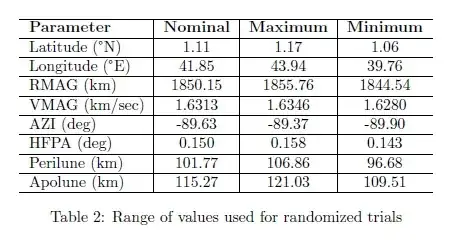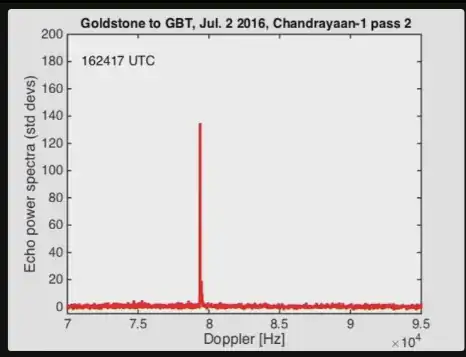I first wanted to edit this into my other answer here, but since this, even though being highly relevant for the issue, does not directly address the OP's question(s), I decided to add this as a separate answer :
The orbital elements used in the cited work for simulating the orbit of the Eagle ascent stage after being jettisoned from Apollo 11 are actually apparently those of the command module as calculated from the orbit data in the Apollo 11 mission report (Table 7-II) (the lunar module was not really of any interest anymore at this point, so it probably was not systematically tracked after that). This resulted in the following orbital elements they tried for their simulations for the lunar module

The eccentricity of the orbit for these three cases is practically the same: 0.0037, 0.0038, 0.0035 for the nominal, maximum and minimum case respectively.
However, in the Apollo 11 Flight Journal they mention these figures explicitly for the lunar module shortly after 'Ignition of Trans-Earth Injection burn' (about 5 and 7 hours after jettison of the LM)
just before 135:47:24 mission time: Perilune 100.7 km, Apolune 118.7 km
just before 137:30:12 mission time: Perilune 100.7 km Apolune 119.3 km
(they are saying '-cynthion' instead of '-lune' there)
This results in eccentricities 0.0049 and 0.0050 respectively, so substantially higher than assumed for the simulations based on the command module orbit at the time of separation.
So the author may want to revise the orbital parameters in this sense, and also apply the simulation to the PFS-2 satellite in order to remove any ambiguities here and make his results more conclusive.


